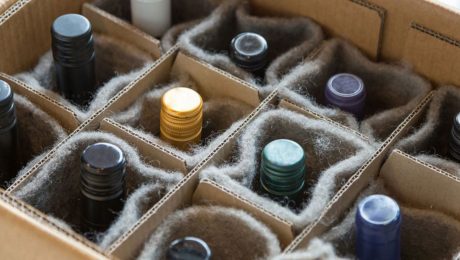By Greg Stokes The world’s first known winery dates back to 4100BC in Europe. Large earthenware vessels (Qvevris) were used to store the wine and were covered with beeswax and were possibly in use as early as 6000BC. People have been drinking wine for millennia and over the years, the wine containers have changed. A
As the wine industry continues to review its impact on the environment, companies on both sides of the Tasman are reviewing the materials used to package wine, and in doing so, creating innovative alternatives for producers seeking sustainable options, as Simone Madden-Grey writes. The recent Wine Intelligence report Global SOLA: Opportunities for Sustainable and Organic
By Ben Luker Awareness of alternative packaging amongst Australian drinkers is on the rise, but COVID-19 has limited opportunities for conversion. The key drivers towards casks and cans are portability and the desire for smaller portion sizes amongst younger drinkers. However, the pandemic has removed the out-of-home occasions where this is most relevant, limiting demand.
Wine Intelligence country manager for Australia and New Zealand, Ben Luker, says it’s a good time to be thinking about wine packaging formats. “In a wine category dominated by the ubiquitous 750ml bottle, alternative formats provide an opportunity for producers to tap into drivers that the traditional glass bottle may struggle to deliver on convenience,
While alternative packaging options for wine products are likely to play a larger role in the future, will these be embraced by consumers? Jakob Mesidis, from the University of South Australia’s Ehrenberg-Bass Institute for Marketing Science, will expand on this important topic in his webinar presentation at the 2021 PACKWINE Forum & Expo, launching online
- 1
- 2





